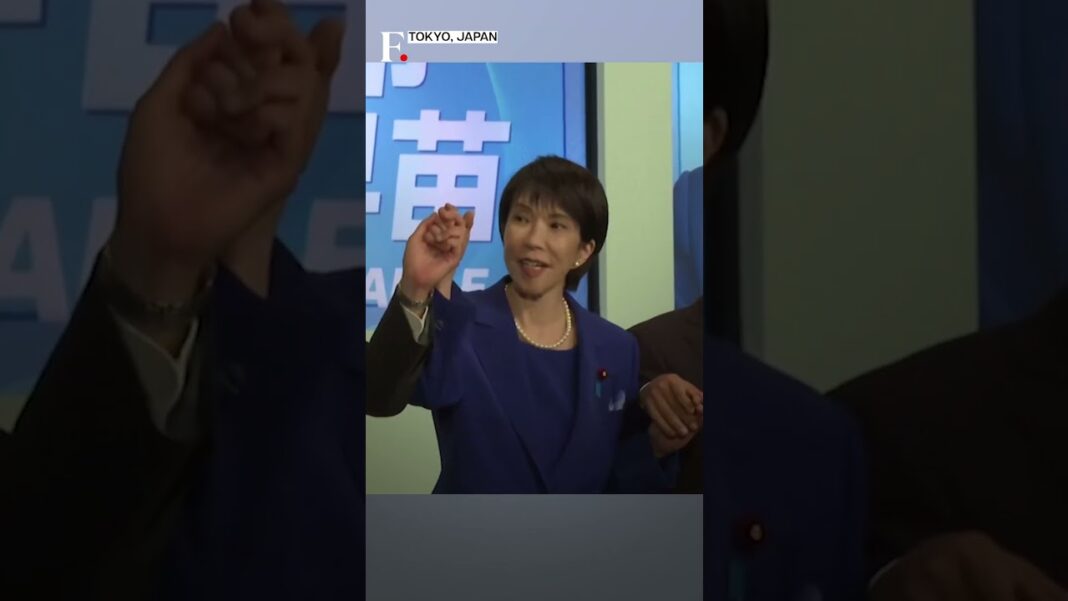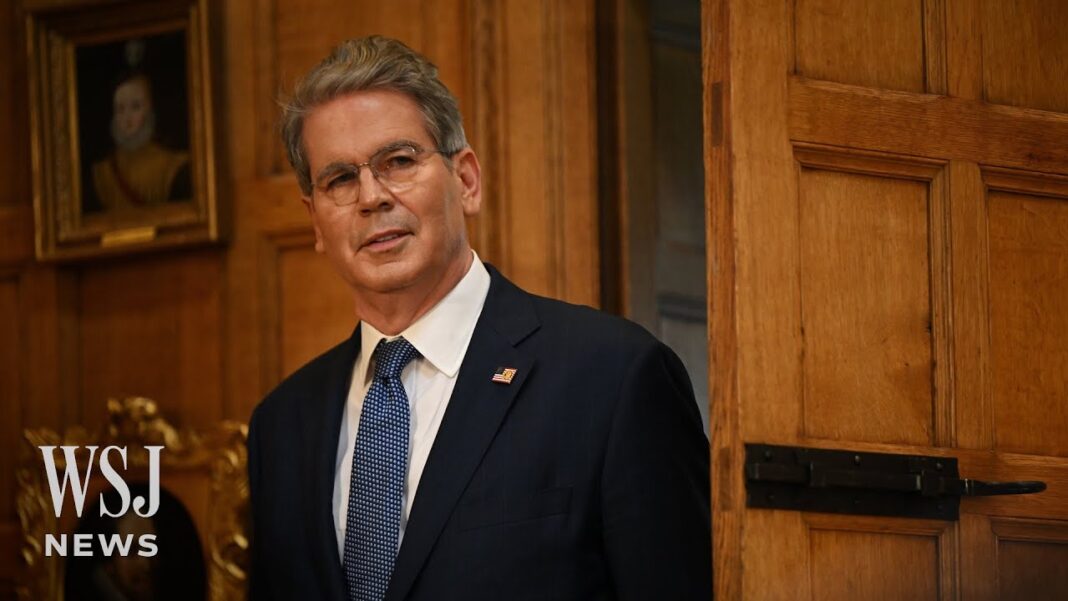The victory makes her Japan’s first female party president and, almost certainly, its first female prime minister.
Japan’s ruling Liberal Democratic Party (LDP) on Oct. 4 elected former Economic Security Minister Sanae Takaichi as its new leader, positioning her to become the country’s next prime minister in a parliamentary confirmation vote expected in mid-October.
Takaichi, 64, a staunch conservative and vocal China hawk, defeated her moderate rival Shinjiro Koizumi by 185 votes to 156 in a runoff at LDP headquarters in Tokyo. The victory makes her Japan’s first female party president and, almost certainly, its first female prime minister—since the LDP remains the largest bloc in parliament and opposition parties are too fragmented to mount a united challenge.
Moments after the result was announced, Takaichi called for unity and renewal inside a party battered by scandal and electoral setbacks. “Rather than feeling happy right now, I feel real challenges lie ahead,” she said. “We must all pull together across all generations and work as one to rebuild the LDP. Everyone will have to work like a horse.”
The leadership race followed Prime Minister Shigeru Ishiba’s resignation in early September after a year in office and two election defeats. The handover comes at a time of economic uncertainty, social transformation, and mounting geopolitical tensions across the Asia–Pacific region.
An admirer of former British Prime Minister Margaret Thatcher and protégé of the late Shinzo Abe, Takaichi has championed Abe’s conservative agenda and frequently visited the Yasukuni Shrine, a flashpoint in Japan’s relations with its Asian neighbors. Her win is expected to reassure the LDP’s nationalist base but may complicate diplomacy with China and South Korea.
In a recent column, international analyst Sascha Hannig wrote that Japan’s next leader inherits a region brimming with risk, where China’s assertiveness and instability around Taiwan, Russia, and North Korea are reshaping security assumptions. Hannig noted that Japan’s doubling of its defense budget to 2 percent of GDP and its 2022 national security strategy mark a post-pacifist turn, requiring the next leader to balance deterrence with diplomacy.
Prime Minister Yoshihide Suga followed the Abe era, but his government lasted a little under a year. With Japan closing its borders, being left behind by a recovering world, and a crippling approval rate (below 30 percent), Suga stepped down. Fumio Kishida then took office in October 2021. His cautious measures to battle COVID-19 kept Japan closed to visitors for almost a year. For the lucky ones who were able to get special permission to enter (I arrived a few weeks after he took office), the experience was isolating.
And a few months later, on July 8, 2022, Shinzo Abe was assassinated by a citizen who claimed links between the former prime minister and the Unification Church. As a widely recognized political figure, Abe’s death shocked the world. But domestically, it opened the debate on the economic and political ties between the LDP and the controversial Church of Korean origin, whose followers are sometimes called “Moonies.” Kishida was forced out in 2024, with his economic output and declining popularity being key factors, as well as the party’s ties to the sect. Shigeru Ishiba, his successor, is the last in line and faced several crises during his year in power. Still, the most direct reason was tied to the House of Councilors’ July 20th election, when the LDP lost its majority.
By Tom Ozimek








